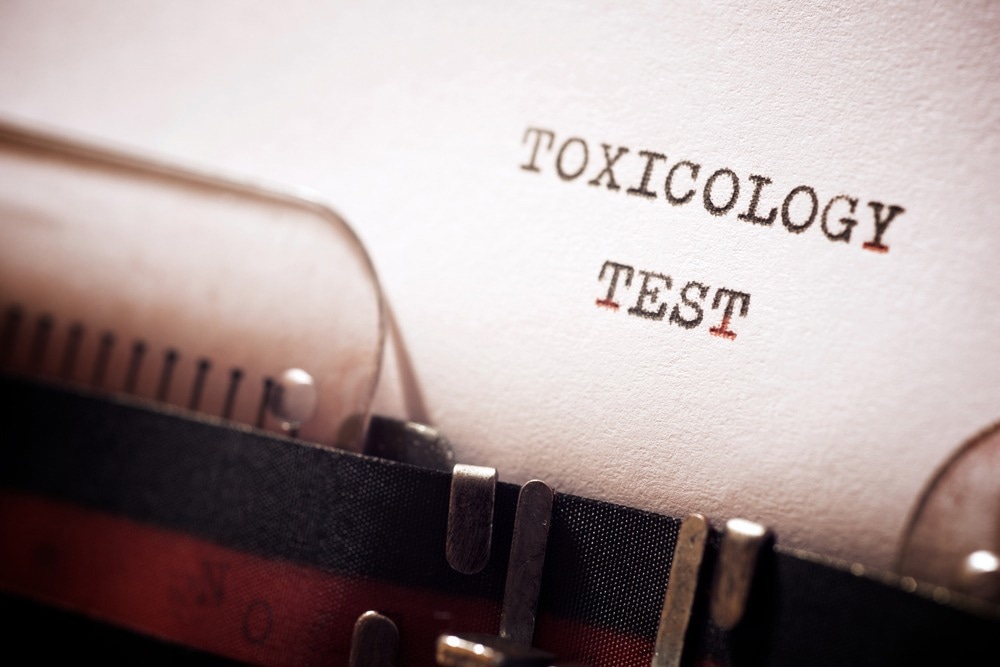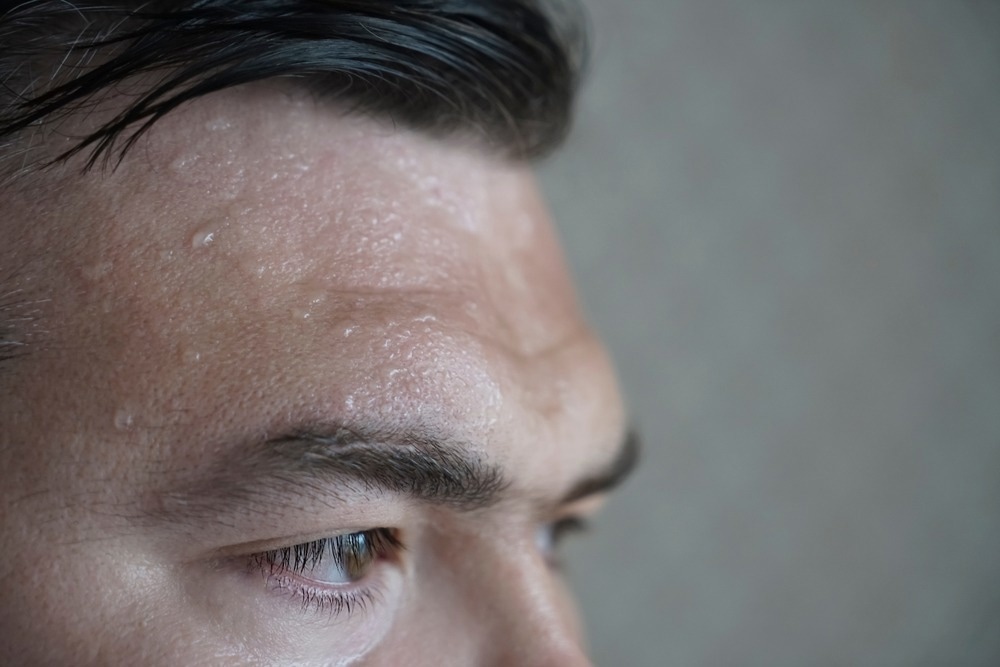Forensic toxicology combines pharmacology, analytical chemistry, and clinical chemistry to obtain and interpret a result that will potentially aid a legal investigation, such as poisoning or drug use. The evolution of forensic toxicology cannot be explained without referring to Irving Sunshine, a world-renowned toxicologist who said, 'Learning toxicology is easy. It only takes two lessons to become an expert; each lesson takes ten years'. This statement was made in the late 1970s when the samples in forensic toxicology were classified into two groups, autopsied and non-autopsied specimens.

Image Credit: pedrosala/Shutterstock.com
Forensic Toxicology Evolution and Standardization
The scope of forensic toxicology has vastly expanded over the past 40 years. Currently, there are five major subdivisions: death investigation (post-mortem), human performance, workplace drug testing, doping control, and drug-facilitated crimes. Doping testing is further divided into drug testing in human sports and drug testing in animal sports. An additional subdivision of hair testing should also be considered. Modern forensic toxicology is composed of a total of seven to eight major subdivisions, which reflects the recent advancements and complexity of forensic toxicology.
Forensic toxicologists face multiple challenges, such as the emergence of new drugs, different standards among laboratories, and discrepancies in the interpretation of toxicological findings. New psychoactive substances (NPS) have been the center of attention since 2009 in all areas of forensic toxicology, including drug testing. The never-ending influx of new drugs, the lack of reference standards, and the detection and quantification of NPSs in biological fluids are currently major hurdles for all forensic toxicologists. Efforts are continuously being made to ensure objectivity by securing international or domestic accreditation.
The US National Academy of Sciences highlighted the importance of standardization of analytical methods, and the Forensic Toxicology Council emphasized quality assurance in 2009. To generate accurate and reliable test results, the performance of the analytical methods, including linearity, matrix effects, precision, accuracy, selectivity, and robustness, should be fully validated.
Forensic Toxicology and Hair Analyses
Numerous instances have been reported in the scientific literature where hair analysis was used (due to the lack of blood and urine samples) to provide evidence of drug consumption (single use, chronic, etc.). A significant obstacle when performing hair analysis is the avoidance of technical and evidentiary false positives.
Technical false-positives are caused by mistakes when collecting, processing, and analyzing the samples, while evidentiary false-positives are caused by passive exposure to the drug. Contamination of hair through environmental exposure can also cause a false-positive result. There are different ways to circumvent both types of false-positive results. The agents used in the preparatory washing of hair are detergents such as shampoo, surgical scrubbing solutions, surfactants such as phosphate buffer, or organic solvents such as acetone, methanol, ethanol, dichloromethane, etc.
A single washing step is the most common procedure, although a second identical wash is sometimes performed. The concentration of the drug in the hair after washing should exceed the concentration in the last wash by at least a factor of 10. One prevalent method involves washing the hair three times with an organic solvent of choice before analysis to remove any possible external contamination. The total concentration of any drug present in the three washes should be greater than 3.9 times the concentration in the last wash.

Image Credit: maradon 333/Shutterstock.com
Advancements in Specimen Analysis and Selection
The selection of specimens in toxicological analyses is a critical step that requires an intimate understanding of their properties. When blood or urine are unavailable, alternative biological matrices can be analyzed.
Each of these alternative matrices has its own advantages and limitations, which need to be considered. Vitreous humor (VH) is an alternative bodily fluid used in post-mortem toxicological analyses. Casework involving burned or highly decomposed corpses is ideal for VH analyses. VH testing in a forensic toxicology setting does not differ dramatically from blood or urine testing, and therefore, the methods developed for blood and urine testing can be used in VH analyses.
Human breast milk (HBM) is another bodily fluid that could provide crucial information for an investigation. Several exogenous compounds originating from the mothers' consumption habits may be transferred into breast milk during lactation, and therefore breastfed babies may be exposed to various substances such as medication, pesticides, toxic metals, or drugs. HBM is an alternative matrix for drug analysis with a short detection window, but still useful to investigate the mother's recent drug use and to assess the infant's exposure to substances that may not be conducive to healthy cognitive and motor development.
Sweat is another forensically relevant fluid. It comprises water (close to 99%), electrolytes, carbohydrates, amino acids, urea, and other compounds. Sweat has low tonicity and a slightly acidic nature, with its pH usually around 6.3. It is believed that the volume of sweat perspired daily by an individual's whole body can vary between 300 and 700mL under normal environmental conditions.
Due to the noninvasive specimen's collection nature, cumulative register of substances, wider detection window, and easy storage, sweat testing has been widely applied lately, as it can provide information regarding the drug intake of subjects in parole or probation programs. Sweat can be tested for drug monitoring purposes on recovering drug addicts. Sweat analysis can also evaluate occupational exposure to dangerous substances in the workplace.
Concluding Remarks
Forensic toxicology has come a long way since its inception. The biggest advances involve our ability to analyze hair and other bodily fluids (besides blood and urine) with optimized methods using GC and LC-MS along with tandem MS when the drug doses (s) are expected to be low.
Up to this day, however, controversy still exists regarding how to interpret the results of an analysis and how to deal with external contamination of samples, so there are still a lot of improvements to be made.
Read Next: Detecting Drug Levels in Blood
Sources:
- Pascal Kintz (2019) Hair analysis in forensic toxicology, WIREs Forensic Sci. 1: e1196. https://doi.org/10.1002/wfs2.1196
- Heesun Chung & Sanggil Choe (2019) Challenges in forensic toxicology Challenges in forensic toxicology, Australian Journal of Forensic Sciences, 51(6),pp. 665-673, https://doi.org/10.1080/00450618.2019.1567812
- Eduardo Geraldo de Campos et.al (2022) Alternative matrices in forensic toxicology: a critical review, Forensic Toxicology 40 pp.1–18 https://doi.org/10.1007/s11419-021-00596-5
Further Reading
Last Updated: Feb 6, 2023